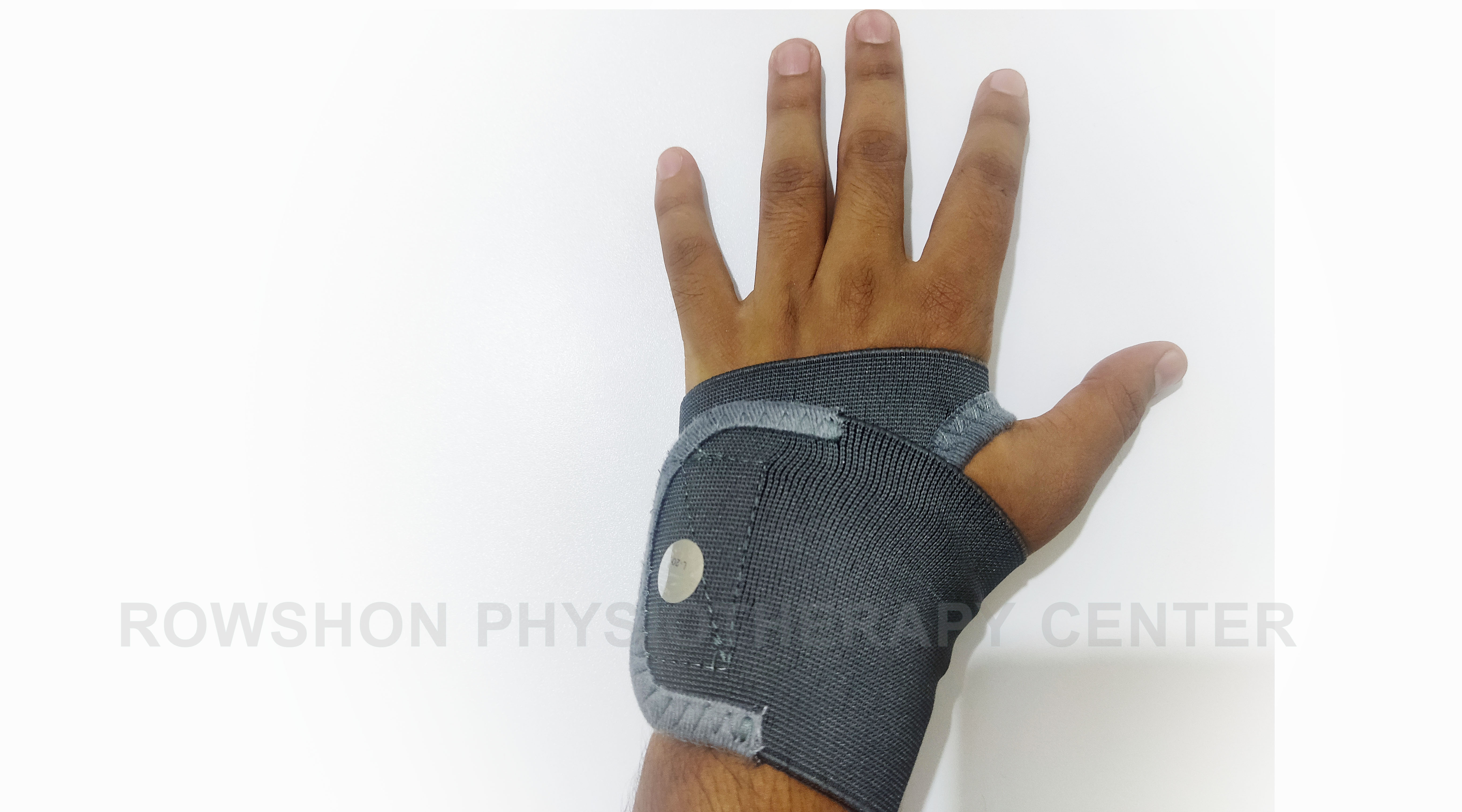
Title: Effective Physiotherapy Techniques for Trigger Finger Management
Introduction:
Trigger finger, or stenosing tenosynovitis, is a condition where one of your fingers gets stuck in a bent position. Physiotherapy offers effective non-surgical management options to alleviate symptoms and improve finger function.
1. Assessment and Diagnosis:
Physiotherapy begins with a thorough assessment to identify the severity and underlying causes of trigger finger. This may include evaluating finger mobility, tenderness, and assessing any contributing factors like repetitive movements or underlying conditions.
2. Splinting and Immobilization:
Splinting is a common initial treatment to immobilize the affected finger in a straight position, reducing inflammation and allowing the tendon sheath to rest and heal.
3. Range of Motion Exercises:
Physiotherapists prescribe specific exercises to improve finger flexibility and range of motion. These exercises focus on gentle stretching and controlled movements to prevent stiffness and maintain joint function.
4. Manual Therapy Techniques:
Hands-on techniques such as joint mobilization and soft tissue massage can help reduce pain, improve finger mobility, and enhance circulation to promote healing.
5. Modalities and Therapeutic Interventions:
Therapeutic modalities like ultrasound, heat/cold therapy, and electrical stimulation may be used to reduce pain and inflammation. These treatments complement other physiotherapy techniques for comprehensive management.
6. Patient Education and Home Care:
Educating patients about ergonomic principles, proper hand and finger mechanics, and self-management strategies is crucial. Physiotherapists provide guidance on modifying activities to prevent exacerbation and promote recovery.
Conclusion:
Physiotherapy plays a vital role in managing trigger finger by addressing symptoms, improving function, and preventing recurrence. Collaborative efforts between patients and physiotherapists are key to achieving optimal outcomes in finger health.